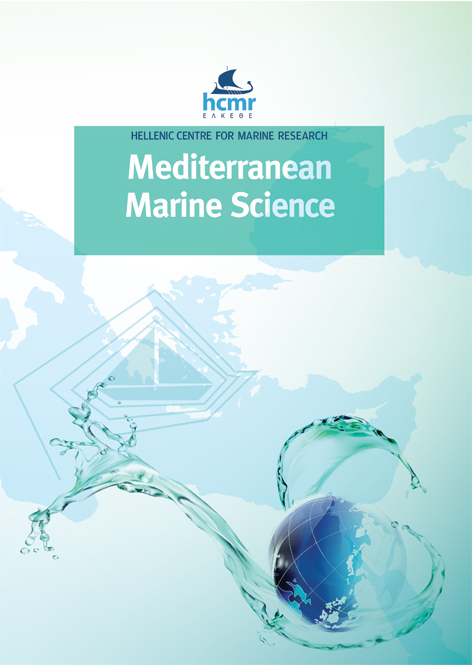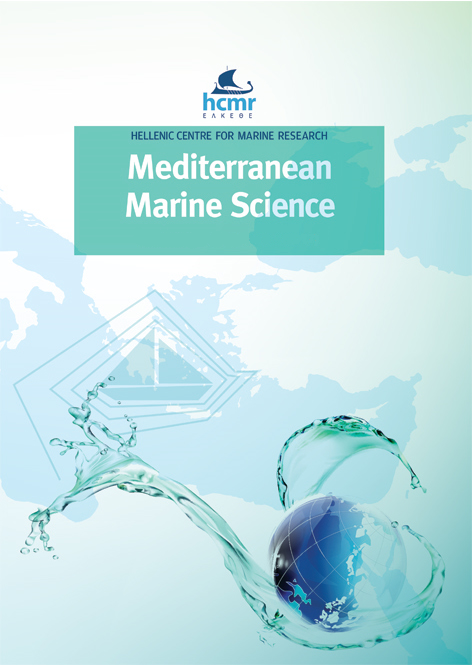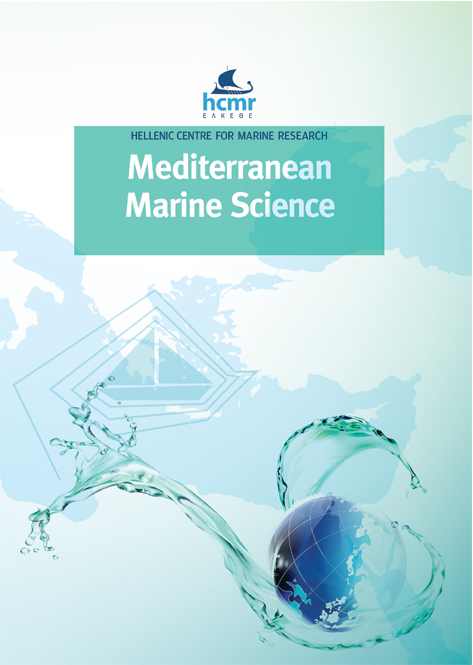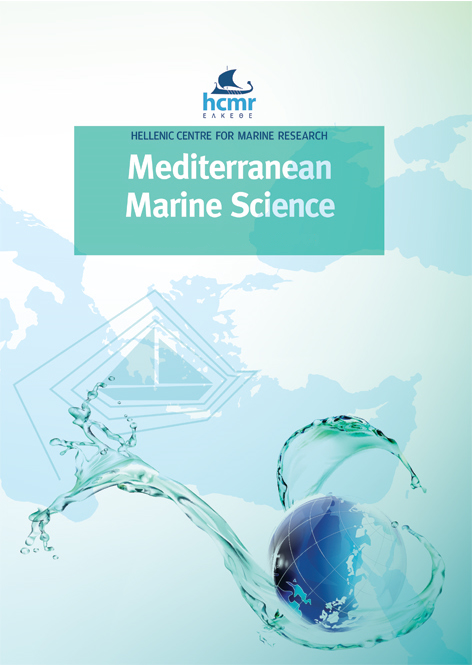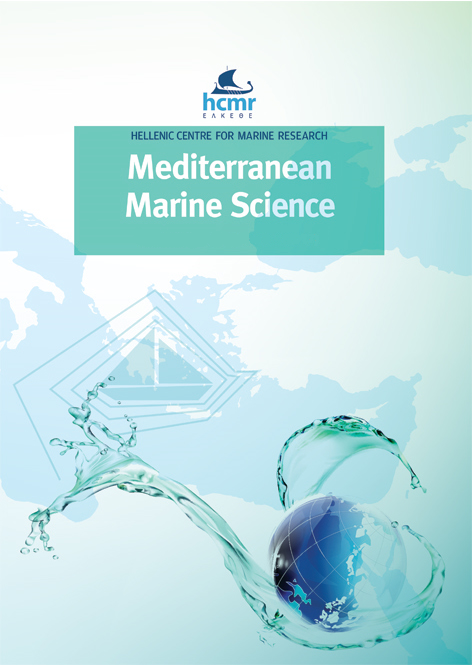Improving knowledge of Funiculina quadrangularis and vulnerable marine ecosystems in the south Adriatic
Аннотация
The Adriatic Sea is one of the most exploited areas in the Mediterranean; however, a large part of the South Adriatic Sea remains largely unexplored. Unfortunately, direct and indirect anthropogenic impacts are increasing exponentially, causing a loss of flagship species and threatening ecosystem functioning. This has led to several international conventions demanding better protection and management of sensitive species and areas worldwide. Soft mud facies bearing the sea pen Funiculina quadrangularis are indicators of vulnerable marine ecosystems (VMEs). This study aimed a) to contribute to the knowledge on the distributions of F. quadrangularis and VMEs, and b) to assess the main threats, thus enabling better identification of areas that need protection and ecosystem base management. The results show that F. quadrangularis are distributed from 160 m to 400 m depth, with the highest population density of 0.83 colony/m2 reported in the Adriatic Sea at a 162 m depth. However, using video ground truthing, we registered stresses on deep-sea habitats originating from fishery and marine litter. Further research is needed to ascertain other potentially vulnerable areas. Moreover, international discussion is needed to determine future steps for the protection and sustainable use of resources beyond national jurisdictions.
Article Details
- Как цитировать
-
MAČIĆ, V., ĐORĐEVIĆ, N., ĐUROVIĆ, M., PETOVIĆ, S., & RUSSO, T. (2022). Improving knowledge of Funiculina quadrangularis and vulnerable marine ecosystems in the south Adriatic. Mediterranean Marine Science, 23(4), 805–816. https://doi.org/10.12681/mms.29898
- Раздел
- Research Article
Authors who publish with this journal agree to the following terms:
- Authors retain copyright and grant the journal right of first publication with the work simultaneously licensed under a Creative Commons Attribution Non-Commercial License that allows others to share the work with an acknowledgement of the work's authorship and initial publication in this journal.
- Authors are able to enter into separate, additional contractual arrangements for the non-exclusive distribution of the journal's published version of the work (e.g. post it to an institutional repository or publish it in a book), with an acknowledgement of its initial publication in this journal.
- Authors are permitted and encouraged to post their work online (preferably in institutional repositories or on their website) prior to and during the submission process, as it can lead to productive exchanges, as well as earlier and greater citation of published work (See The Effect of Open Access).

